
By Jim Boyce | Wine and technology were paired last Friday at ZPark in Beijing’s Haidian District, home of the city’s high-tech Zhongguancun hub.
Mia Zhang, host of the two-hour session. opened by telling us Haidian is not only a leading technology center but also has the highest income per capita in the city.
Zhang, a consultant for Beijing International Wine & Spirit Exchange, then wondered about the prospects for wine culture to grow among this educated and well-off population, as happened with Silicon Valley, especially given the rising quality of wineries in Beijing and neighboring Hebei province.
The afternoon’s first panel focused on how technology is transforming the wine industry.

Pierre-Marie David of Berryfield noted the use of satellite data for soil analysis, digital sorting tables to maximize grape quality, and tech that helps monitor fruit ripeness.
Laura Mihaela Teodorescu of Shanghai Lanlin Funds picked up on this theme and said such soil analysis helped the wine industry in her home country of Romania decide where to plant incoming grape varieties.
Jelte Ansgar Wingender of Startup Grind said blockchain technology can help guarantee wine authenticity and also discussed some issues surrounding machine learning.
A second panel looked at wine consumers in China.

CHEERS wine shop chain founder Claudia Masueger said three themes of the wine scene were fast growth, a rise in consumer curiosity and the widespread use of technology.
“The end consumer has more choices and more precise ways to buy now,” she said, comparing the scene to a decade past when we saw more fake wine, fewer brand choices, and widespread problems with wine storage.
Mina Yan, founder of Hype Asia Communications said that a decade ago, people were always talking about “educating the locals.”
“We see much less of that now because the middle class knows wine and food,” said Yan. “It’s more about quality now.”
She also said that whether restaurants love it or hate it, people are going to take food photos and post them on social media, so it is best to embrace that reality and think about how to best present products.
Evgeniya Melnichikhina of Cordiniu said one key factor, in a highly competitive market, is simply to get your product into people’s mouths.
“People like products they’ve tried or that are recommended by friends,” she said. “If we can get them to taste it, then there is a chance of building loyalty.”
The session wrapped up with a look at the prospects for Marselan to be “China’s grape”, and help raise the country’s profile, as Malbec did for Argentina and Sauvignon Blanc for New Zealand.
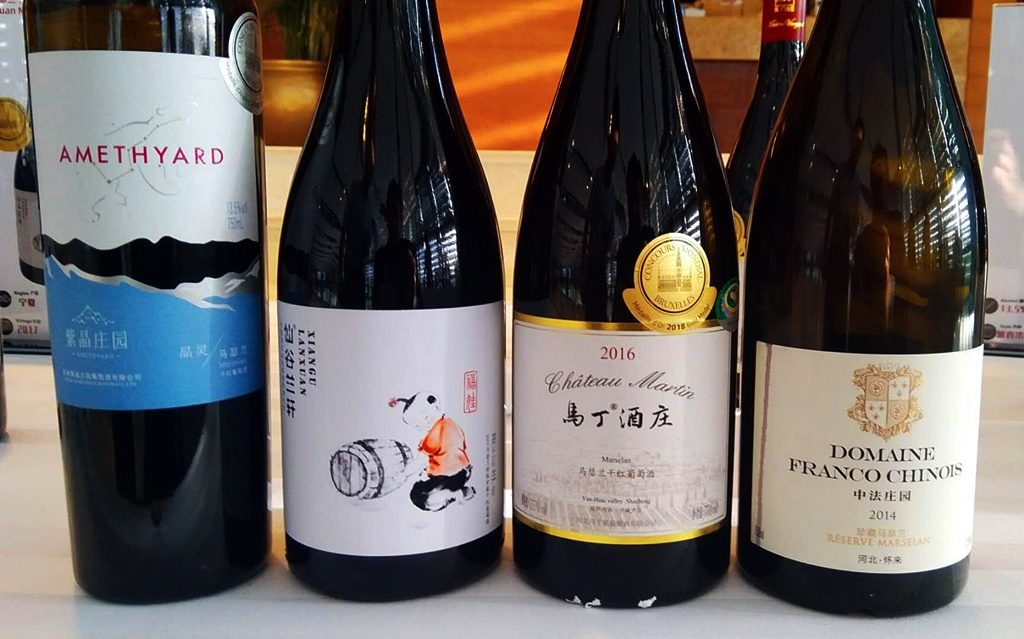
I talked, with translation by Fiona Ruan, about how Marselan got its start in France, made its way to China, spread across the nation, and has been racking up medals and good reviews. Also, unlike with Chinese Cabernet, which brings comparisons to Bordeaux, Marselan is a relatively new and unknown grape, and thus gives Chinese winemakers lots of flexibility to do their own thing.
We then tried four Marselans. The first three had received gold medals from the annual wine contest Concours Mondial:
- Amethyst Classic Marselan 2017 (Hebei)
- Lanxuan Marselan2017 (Ningxia)
- Martin Marselan 2016 (Hebei)
The last one, Domaine Franco Chinois Marselan 2014, came from the first operation to use this grape in China. Before becoming a private entity, it was known as Sino-French Demonstration Vineyard, a joint China-France project in the Huailai area of Hebei province , and is generally known as Zhong Fa.
The session was part of a weekend of events, that includes a food festival, a tasting of CHEERS wines, some high-tech displays, and more. Here are a few photos.
Grape Wall has no sponsors of advertisers: if you find the content and projects like World Marselan Day worthwhile, please help cover the costs via PayPal, WeChat or Alipay.
Sign up for the free Grape Wall newsletter here. Follow Grape Wall on LinkedIn, Instagram, Facebook and Twitter. And contact Grape Wall via grapewallofchina (at) gmail.com.

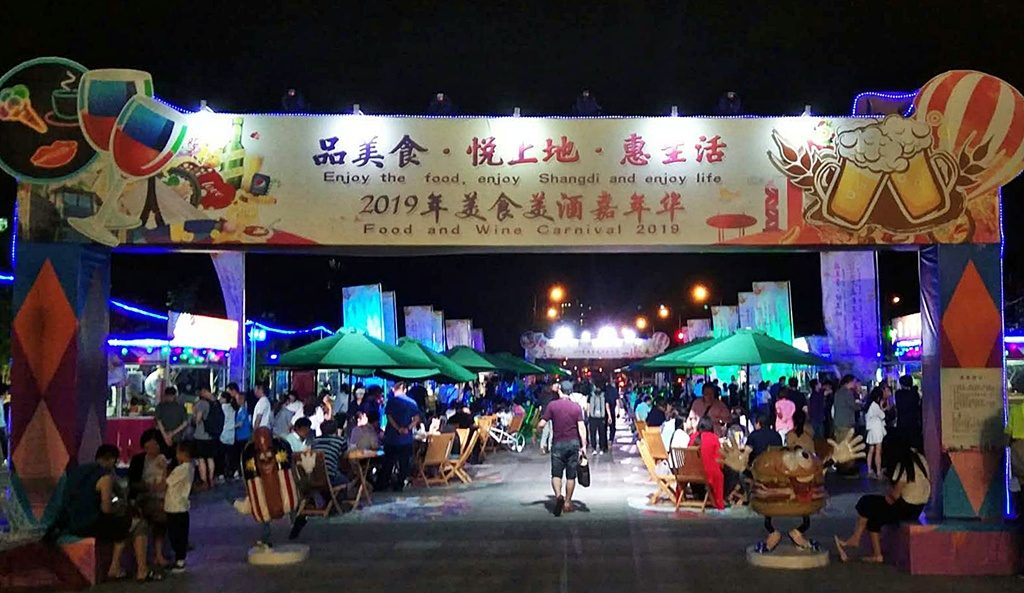
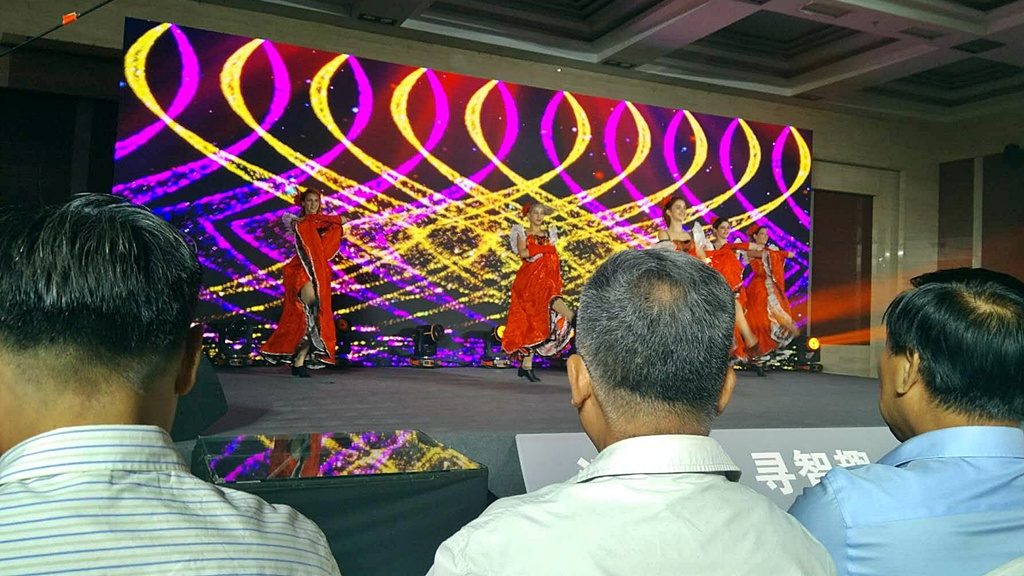
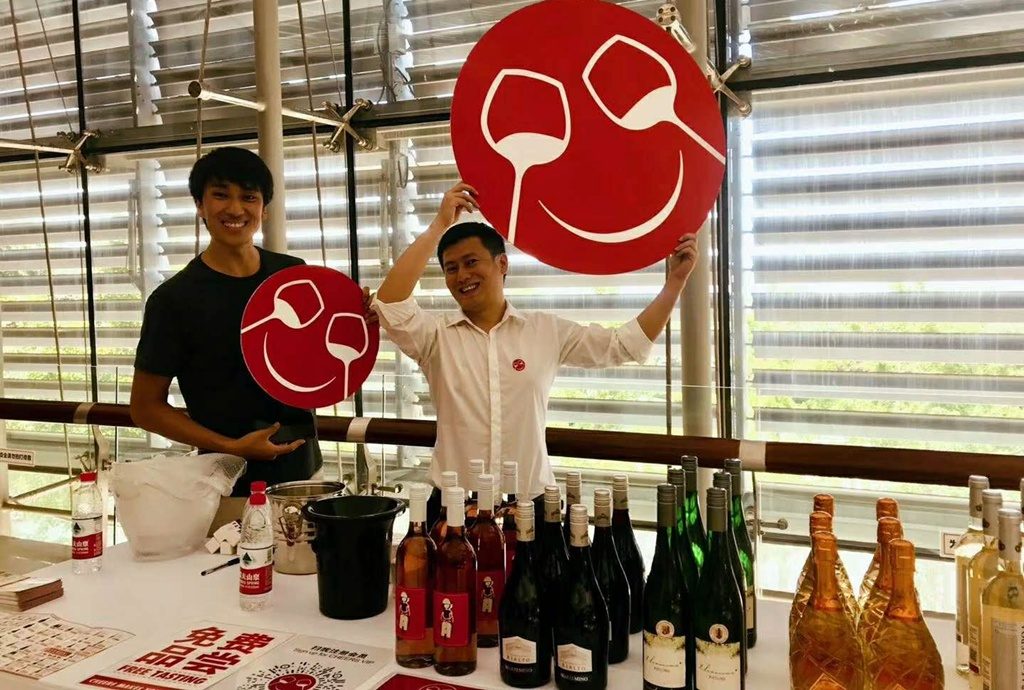
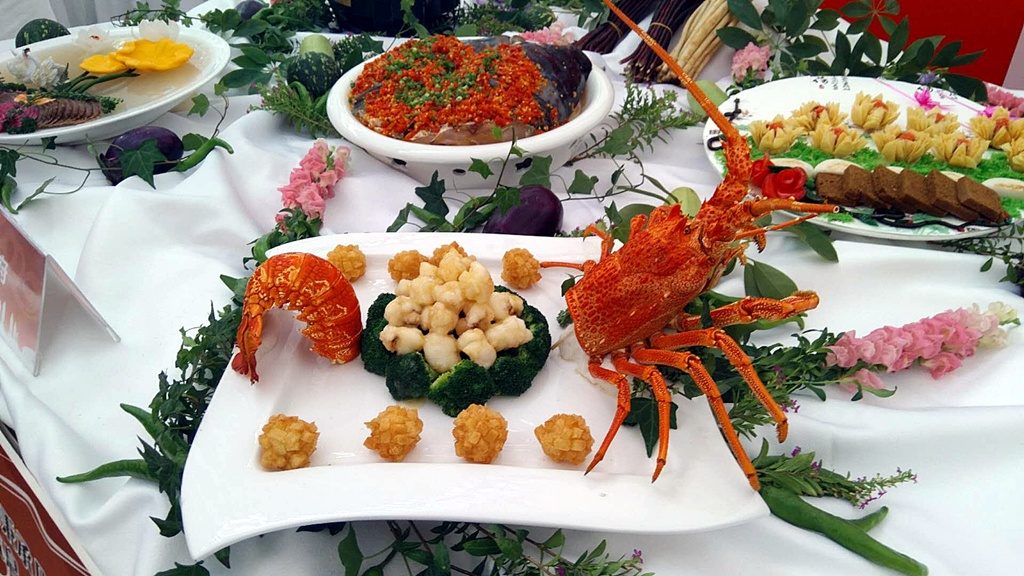
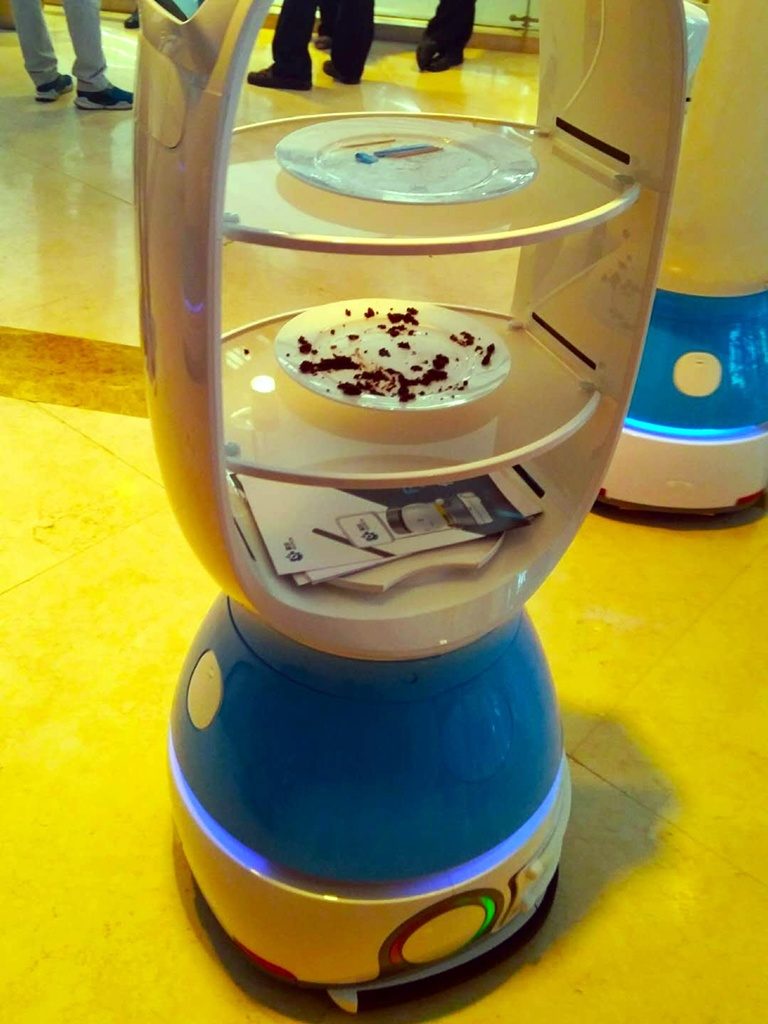
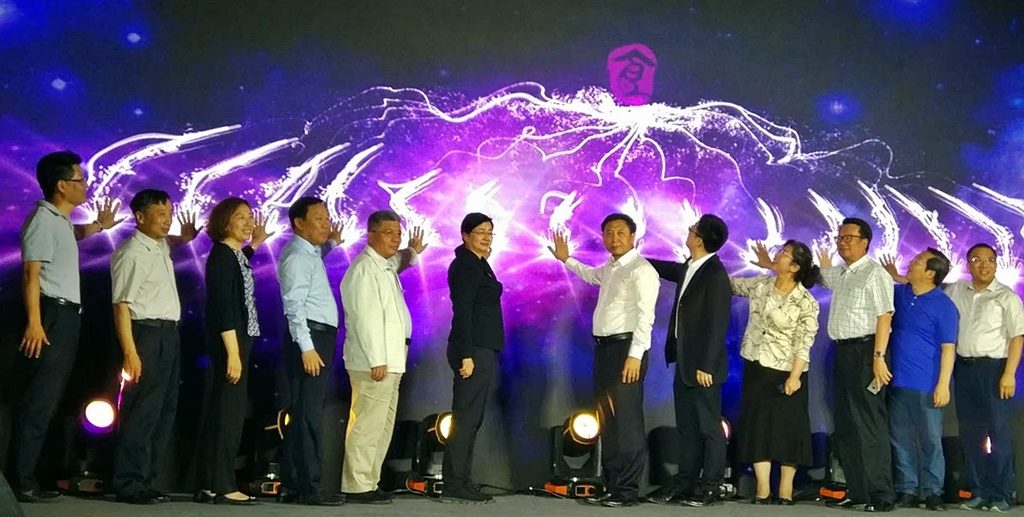


Leave a Reply
You must be logged in to post a comment.